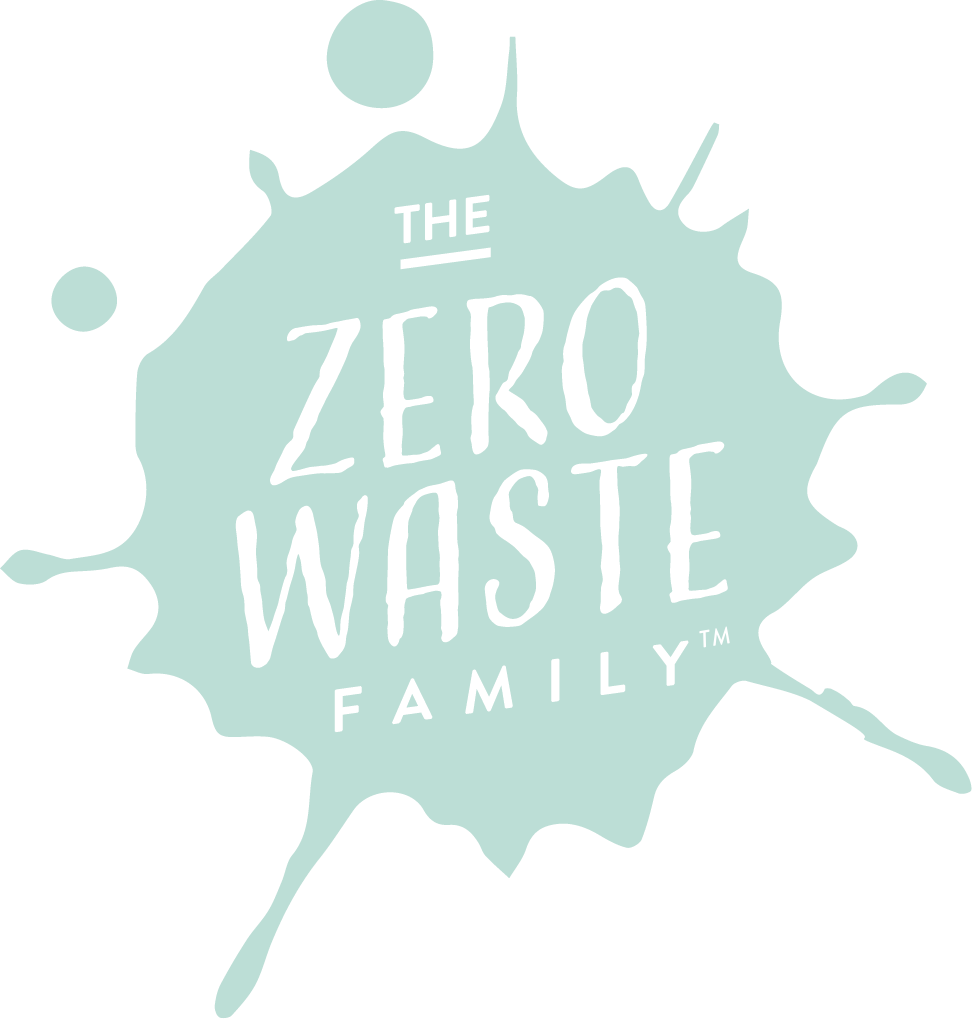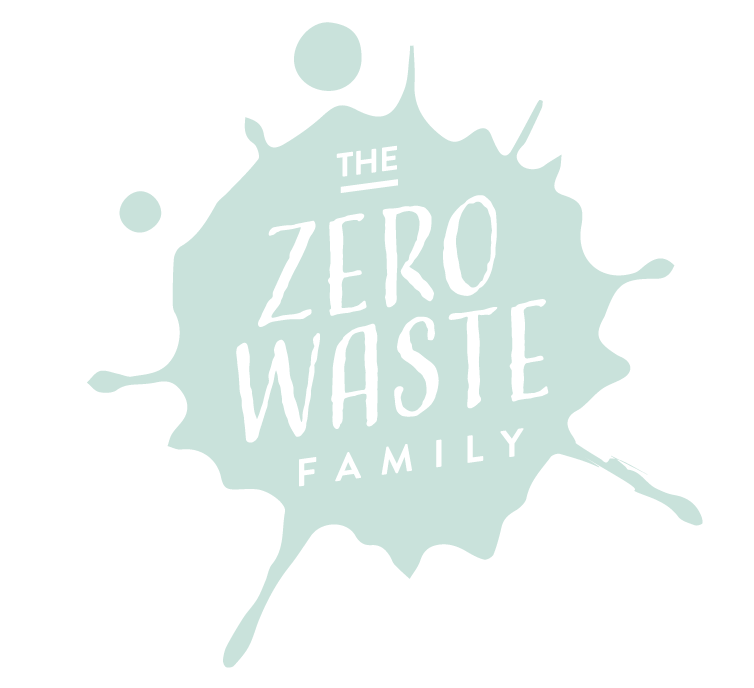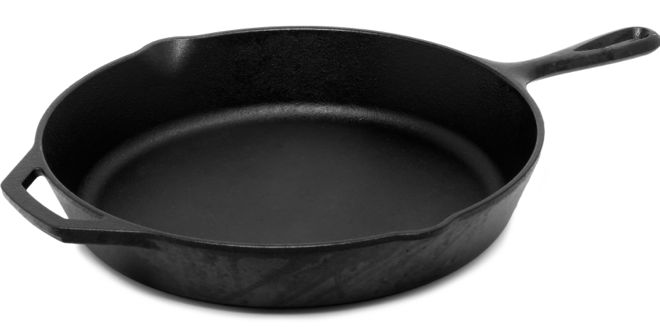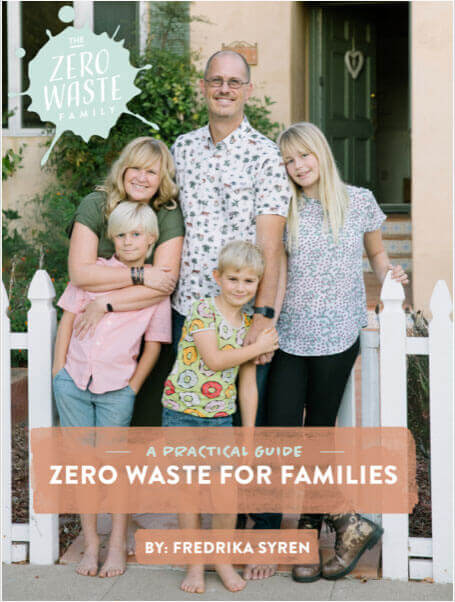Over the decades, most home kitchens have strayed away from traditional cookware and opted for nonstick pans. In recent years, we have discovered that this nonstick cookware contains toxic chemicals called perfluorocarbons (PFCs) and are harmful to our health. These chemicals are linked to short term side effects, as well as cancer, liver inflammation, immune deficiencies and developmental problems. As these pans overheat during cooking, the coating that keeps foods from adhering to the pan begins to release these PFCs into the air as fumes, and they are then inhaled. These fumes can be released into the air in as few as two minutes. Over time and repeated use, the coating gets scratched and is then combined with our food and ingested. Because of their harmful effects, we should look for healthier cookware options.
Cast iron is a wonderful alternative to nonstick cookware and is available with a natural finish or with an 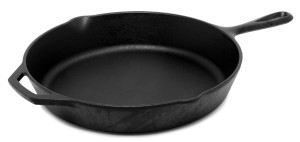 enamel coating. Here are some benefits of using cast iron:
enamel coating. Here are some benefits of using cast iron:
Even Cooking: Cast iron heats slowly but retains the heat over longer periods of time. This helps to cook food consistently and evenly at lower temperatures, which helps keep food from being overcooked or burned. Another benefit from cast iron pots is that food doesn’t absorb odors or flavors as easily as it might in other types of kitchen pans.
Versatility: Cast iron is a very versatile cookware and can be used for a variety of cooking methods from the stove to oven or even a grill. You can comfortably cook on a low heat to a higher setting or even transfer from stove to oven without any worries. This is especially helpful when braising meats or finishing certain types of dishes. You can use the cookware to saute’, bake, sear, roast or fry without damaging it.
Durability: Cast iron cookware is strong, lasts a long time and is often passed on as a family heirloom. Once seasoned, cast iron will not rust and continues to perform consistently as it gets older. Seasoning the skillet (see instructions below) helps to protect it from corrosion as well as give the surface a natural chemical free nonstick surface. It even seems that the more you use it, the better the pan works.
How To Season Cast Iron:
Seasoning a cast iron skillet creates a layer on the skillet’s surface that helps keep food from sticking to it. Each time you use the skillet, you are adding to the “seasoning” layers. Simply cook with a small amount of oil of your choice, and when finished, clean immediately. Wipe with a soft dish brush and a tiny amount of hot water if needed. Avoid using soaps and scrubbing, as this removes the seasoning layers. Then wipe with a towel and dry it over a low flame/heat on the stove.
An easy and traditional way to season your cast iron all over at once is the following:
1- Preheat oven to 400 degrees.
2-Apply a thin layer of oil to the inside and outside of the pan. I recommend coconut oil, palm oil or animal fat such as bacon grease.
3- Place foil in oven to catch any oil that drips from the skillet.
4- Bake skillet in oven for 15 minutes.
5- Remove from oven and use a paper towel to wipe out any excess oil.
6- Bake for 45 minutes. After 45 minutes, turn oven off, and let sit in oven for an hour or longer.
7- Remove from oven. Allow to cool.
Cast iron cookware is durable, versatile, and provides consistent heat distribution. Additionally, it is a long lasting, heavyweight, and sustainable cookware. While there are many reasons to use cast iron as your main cookware, I think the best one is for your health. Cast iron is considered to be the original nonstick pan without the toxic side effects and chemicals. It is the best choice for your kitchen, your family and your health.
For more information about nonstick cookware:
http://www.ewg.org/research/healthy-home-tips/tip-6-skip-non-stick-avoid-dangers-teflon
https://www.niehs.nih.gov/health/materials/perflourinated_chemicals_508.pdf
